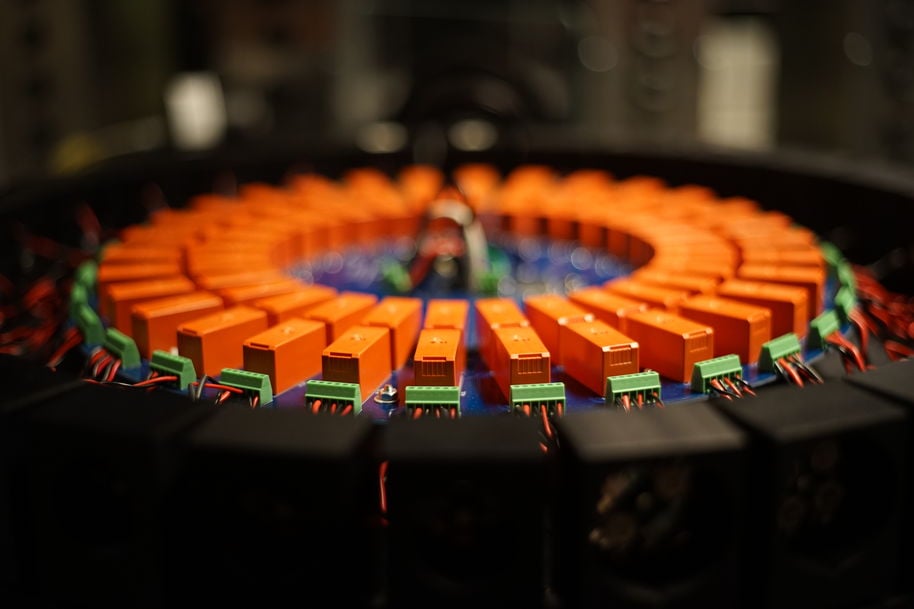PV-Enerate project (2017-2020)
Renewable electricity will increasingly be used to drive cars, to generate heat, and to produce goods in factories. To minimize costs of energy storage, around one third of the renewable energy will be produced by photovoltaics. This impedes the uptake of emerging and innovative technologies, such as modules optimized for specific climates.
Most of the solar cell production is based on silicon structures. Solar cells have several parameters describing their performance, such as rated power, efficiency, open circuit voltage, and short-circuit current. From the customers’ point of view, the most important parameters are the rated power and the energy conversion efficiency which tells how well the energy of sunlight is converted to electricity. Solar cells and panels are typically priced by their efficiencies so reliable characterization is essential.

The aim of this 3-year project was to provide the metrological infrastructure, techniques and guidance to accelerate time-to-market for emerging photovoltaics (PV) technologies, which have the potential to significantly reduce the cost of photovoltaic energy. The project had two main objectives: Firstly, to improve the PV energy rating standards and secondly, to improve the measurement equipment and methodologies to enable precise measurements of the parameters required for the energy rating. Currently solar cells are optimized, selected and sold on the basis of power produced under standard test conditions (STC). However, this metric does not always reflect real-world conditions as location-dependent variations in ambient temperature, irradiance, angle-of-incidence, spectrum, and wind-speed cause deviations in annually averaged module efficiencies of up to 20%. To achieve comparable measurement results for the rated power and efficiency between different institutes and laboratories, the spectral responsivity of the solar cell device plays an important role.
In the project, Metrology Research Institute developed a new type of measurement facility to characterize the differential spectral responsivities of solar cells based on LEDs (Light-Emitting Diode). The device has bias lights to produce lighting conditions of up to 1000 W/m2 on the panel surface. There are also light sources to light rear sides of bifacial solar cells. The LEDs used cover a wide wavelength region of 290 nm – 1300 nm. Also uncertainties of solar cell measurement were studied.
Contact persons: Hans Baumgartner, Petri Kärhä
More information about the project can be found at the project website:
Reference:
P. Kärhä, H. Baumgartner, J. Askola, K. Kylmänen, B. Oksanen, K. Maham, V. Huynh, and E. Ikonen, 2020, “Measurement setup for differential spectral responsivity of solar cells,” Opt. Rev. https://doi.org/10.1007/s10043-020-00584-x
- Published:
- Updated: